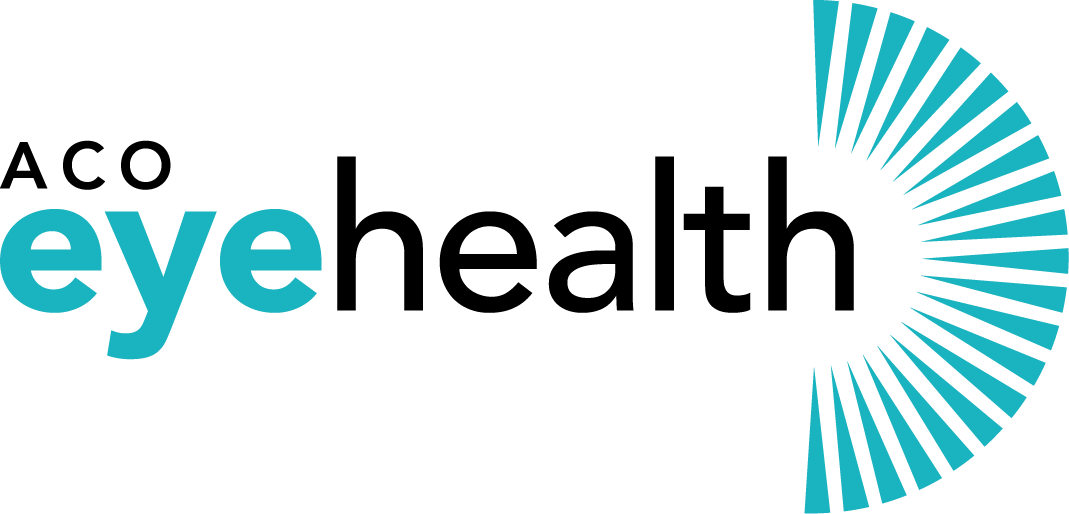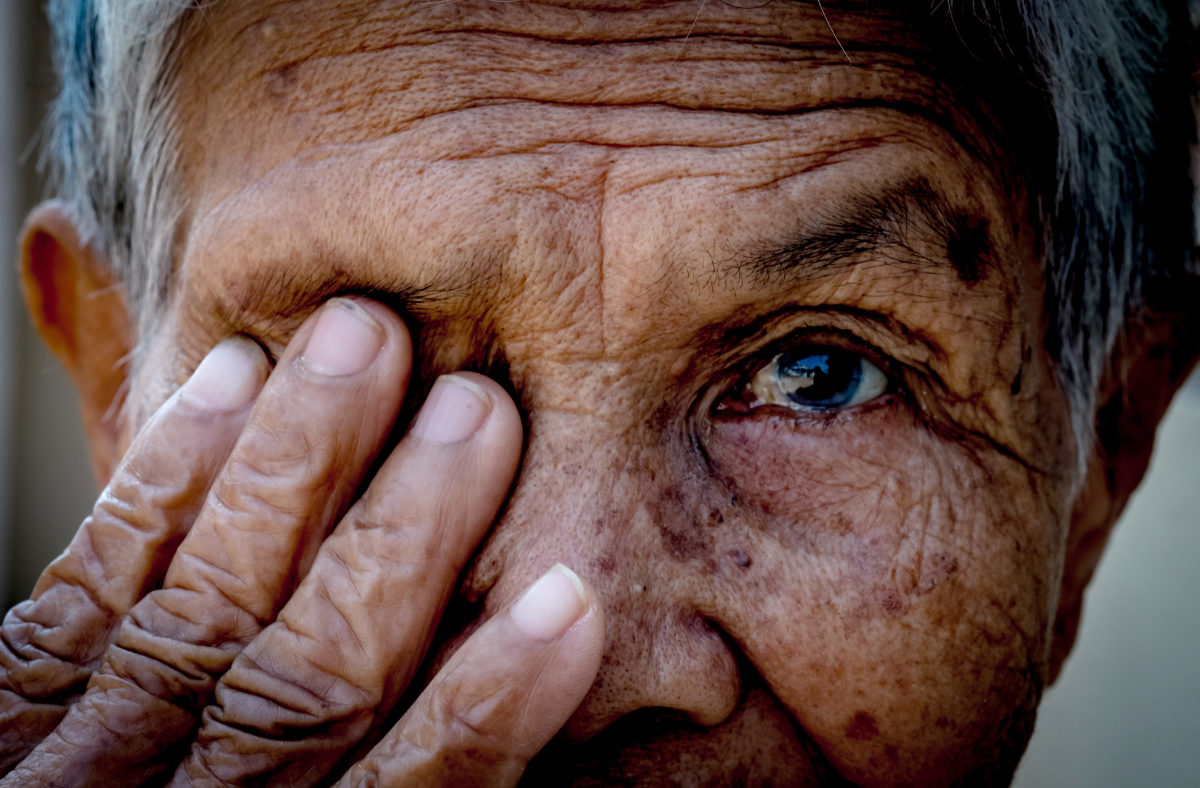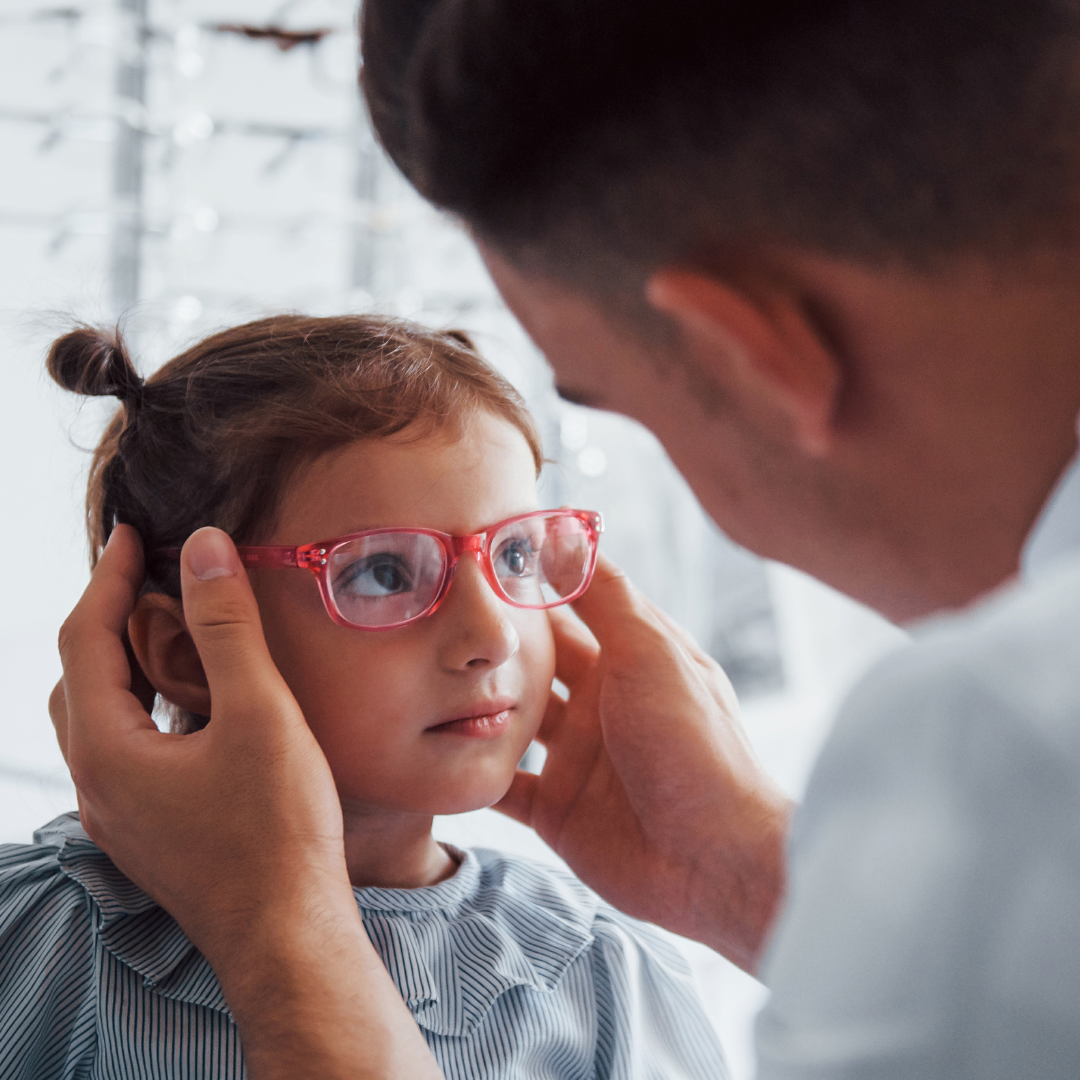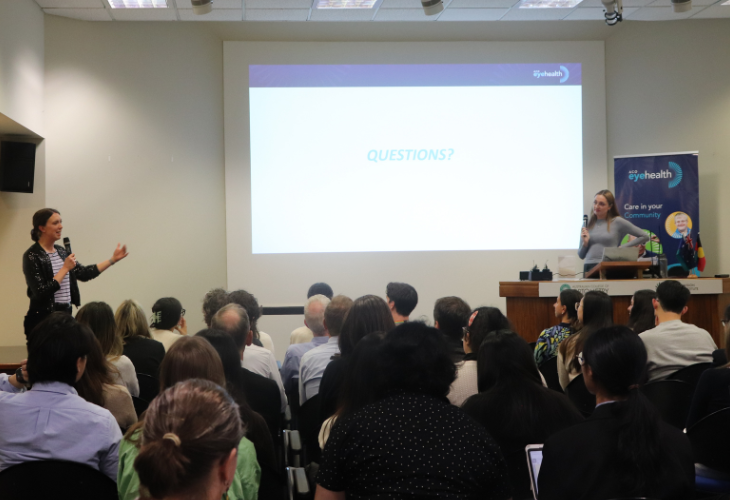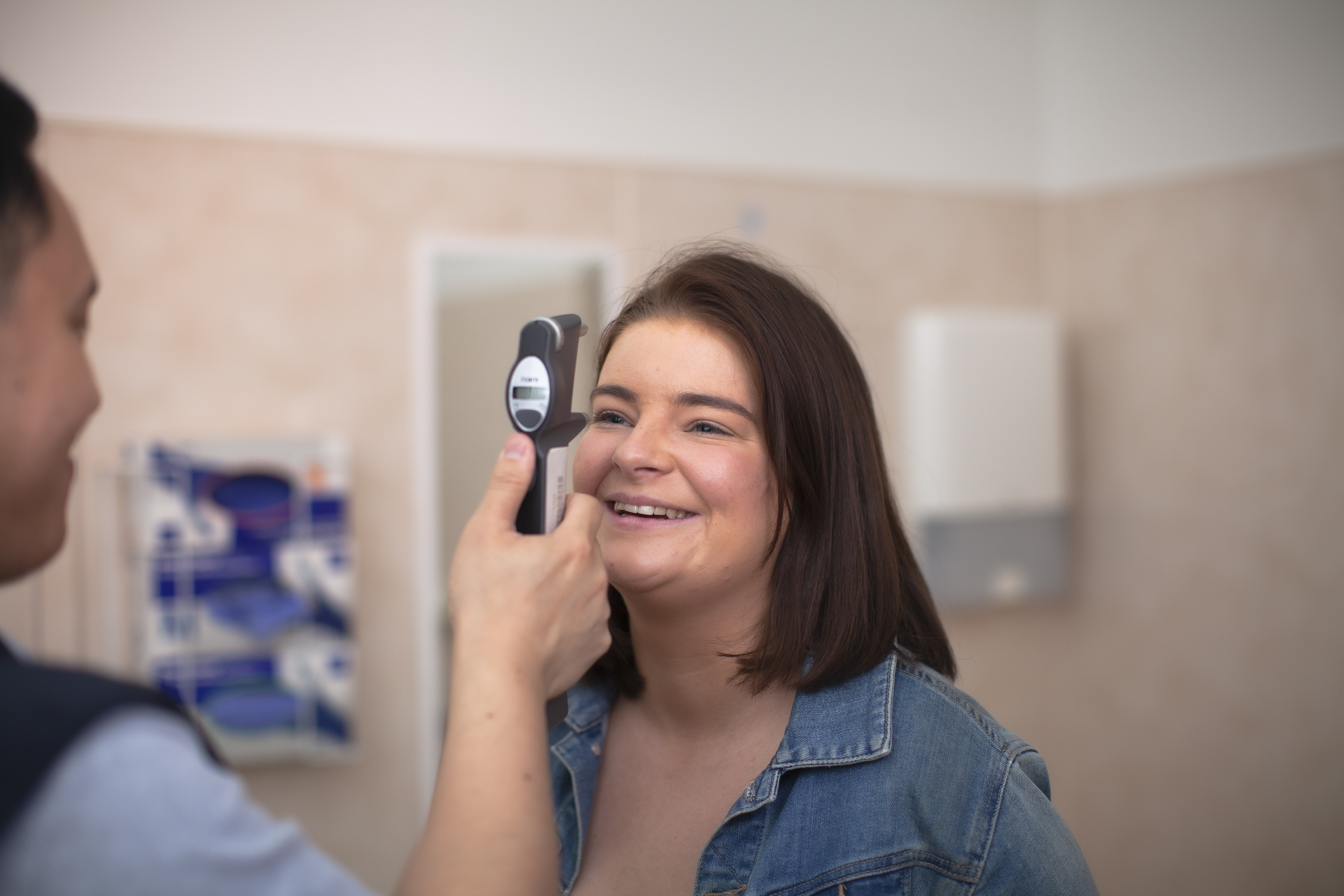WHO study finds millions face vision loss, preventable with basic eyeglasses
A study from the World Health Organization (WHO), in collaboration with the Vision Loss Expert Group, has revealed that millions of people suffer vision loss that could be prevented by eyeglasses. WHO is calling for urgent, unified global action to improve access to vision care.
Drawing on data from over 815,000 people across 76 countries, the study finds that two out of every three people in low-income countries are unable to access the glasses they need to correct refractive errors. Women and older adults are also disproportionally affected, often experiencing barriers to health care.
A target set at the World Health Assembly in 2021 to increase eyeglasses coverage by 40% by 2030 will not be met unless significant action is taken.
Tim Fricke, co-author of the study and Director of Research and Education at the Australian College of Optometry (ACO) in Melbourne, asserts that greater public health efforts are required to address the uneven access to glasses.
“Refractive error is one of the most common causes of preventable vision loss throughout Australia and the world, but it doesn’t have to be. We know that glasses can improve and protect sight, but disparity in accessing quality eye care is causing millions of people globally to suffer. Locally, and internationally, this affects their broader health, learning, work, independence and safety.”
Global inequity
Unmet need for glasses is most pronounced in the African region. There, approximately 70% of people with refractive errors are unable to access prescription glasses, causing avoidable vision loss and impacting their education, work and quality of life.
Reassuringly, Australia performs far better than the international average. Use of Medicare to subsidise eye examinations with both optometrists and ophthalmologists, plus state-based spectacles subsidy schemes for people in-need, are valuable for achieving coverage above 90%.
Although off track to meet the 2030 target, the study reports that globally, eyeglasses coverage has risen by an average of 5% per decade since 2000. It also revealed a 50% improvement in vision care accuracy and quality during this period, with more people than ever now receiving the correct prescription for their eyeglasses.
“It’s important to understand that quality of glasses together with access to quality eye care services is crucial. It is this joint effort that truly protects sight and improves equity in eye care,” said Tim Fricke.
Local inequity
Disparity in eye care access is not unique to low-income countries, with similar experiences facing low socio-economic and vulnerable populations within Australia.
In Victoria, community eye care provider ACO Eye Health (part of the Australian College of Optometry) partners with the State Government to deliver the Victorian Eyecare Service (VES). This public health initiative works to address access to eye care and specifically improves equity in glasses to populations facing significant barriers to care, directly supporting over 60,000 people each year.
“Global and local public health initiatives play an essential role in addressing access to eye care and glasses. The impact of a simple pair of glasses is often taken for granted by those fortunate to live in countries such as Australia but inequities are still present in our society, experienced by older people, our First Nations communities, low-income families, those experiencing hardship such as homelessness and those living with disability or mental health challenges.
Understanding and addressing the many barriers to eye care is essential to reduce preventable vision loss in Australia and globally,” added Tim Fricke.
Related links:
World Health Organisation news release:
https://www.who.int/news/item/22-05-2025-millions-lack-access-to-basic-eyeglasses
Publication in The Lancet Global Health:
https://www.thelancet.com/journals/langlo/article/PIIS2214-109X(25)00194-9/fulltext
Infographic:
https://profession.aco.org.au/sites/default/files/2025-05/Refractive_error_Infographic_25_WEB.pdf

